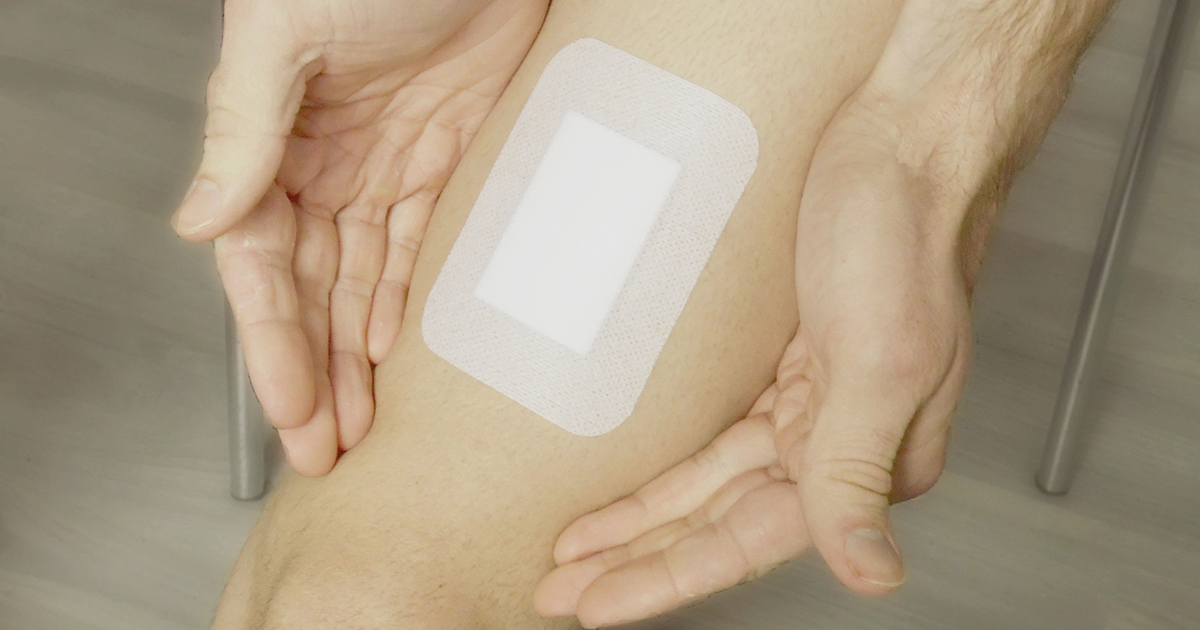Symptoms Of African Trypanosomiasis
Commonly known as 'sleeping sickness,' African trypanosomiasis is a serious illness caused by parasites. These parasites, called Trypanosoma brucei, are carried by the tsetse fly, which infects patients with a single bite. African trypanosomiasis occurs in thirty-six countries across rural, sub-Saharan Africa. There are two types of the disease, East African trypanosomiasis and West African trypanosomiasis, each named after the region in which they are found. Each type involves infection with a slightly different parasite. Ninety-eight percent of diagnosed sleeping sickness cases are the West African form, which causes a chronic infection that may take months or years to produce symptoms. The remaining two percent of diagnosed cases in humans have the East African form, which more commonly affects animals, including pigs. The East African form is an acute condition that develops rapidly, sometimes in only a few weeks. Both the East African and West African forms of African trypanosomiasis are found in Uganda. Both kinds of African trypanosomiasis can be cured with appropriate treatment. However, most patients tend to live in remote areas with limited access to even the most basic medical care, and as a result, the disease is often fatal. Approximately twenty-five thousand new sleeping sickness cases are diagnosed each year. There is no vaccine for this illness. Currently, health organizations focus on practical advice to prevent being bitten by the tsetse fly. Experts advise travelers to areas with tsetse flies to wear medium-weight clothing that fully covers their arms and legs.
Let's investigate some of the major symptoms of African trypanosomiasis.
Red Sores

Although some sleeping sickness patients do not experience red sores, they can be one of the very first signs of African trypanosomiasis and are more commonly seen in the East African form of the disease. Typically, between seventy to eighty percent of sleeping sickness patients will have this sign. The red sore appears as a small ulcer and will develop at the site of the tsetse fly bite, usually one to two weeks following the bite. The distinctive red sore is sometimes called a trypanosomal chancre and is part of the characteristic symptoms of the first stage of the disease, which primarily affects the skin, lymph nodes, and blood. A chancre is often a hardened, itchy lump approximately two to five centimeters in size. After being present for two to three weeks, it may scab and heal on its own without leaving a scar. Shortly after developing a chancre, some patients may also present with a rash. Occasionally, withdrawing a sample of fluid from a suspected trypanosomal chancre can aid doctors in making a diagnosis.
Reveal more African trypanosomiasis symptoms now.
Fever And Severe Headaches

Symptoms such as fever and severe headaches are both characteristics of the first stage of the disease. Both East African and West African forms of sleeping sickness commonly cause fever and headaches. The East African form is an acute, rapidly progressing infection and produces a high fever. The West African variety is chronic, and fever symptoms with this type of the illness may involve a comparatively lower-grade fever. Typically, the fever will tend to be intermittent, coming and going throughout several weeks to months. Similarly, headaches are often more severe in the East African form of sleeping sickness than in the West African form. As African trypanosomiasis progresses from the first to the second stages, more neurological symptoms can occur, such as slurred speech, poor coordination, seizures, and confusion.
Continue reading to understand more about the symptoms of African trypanosomiasis.
